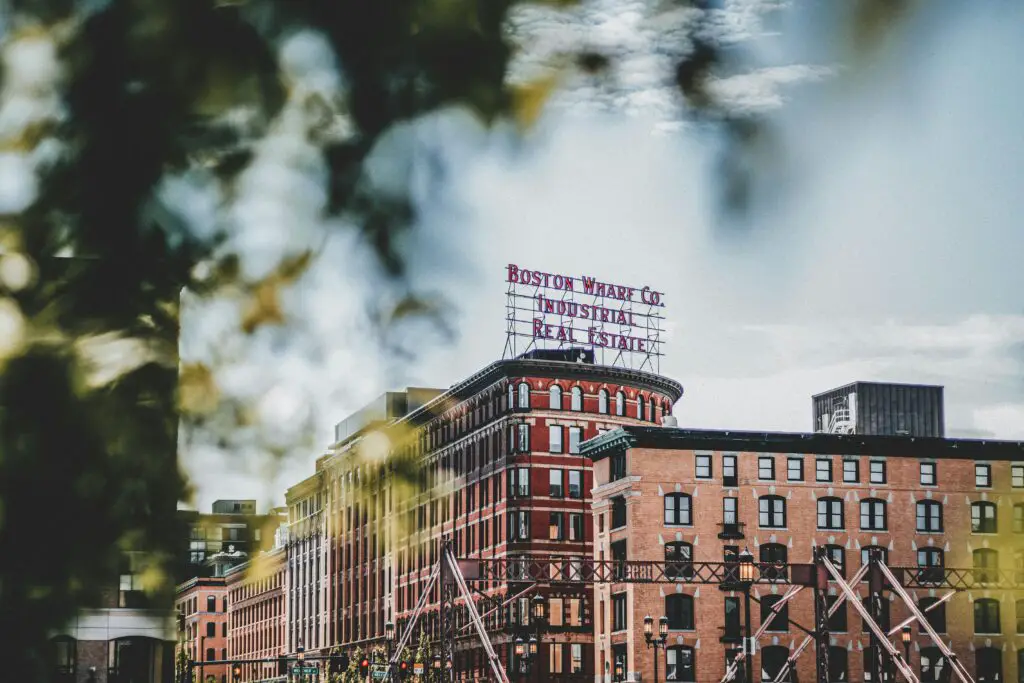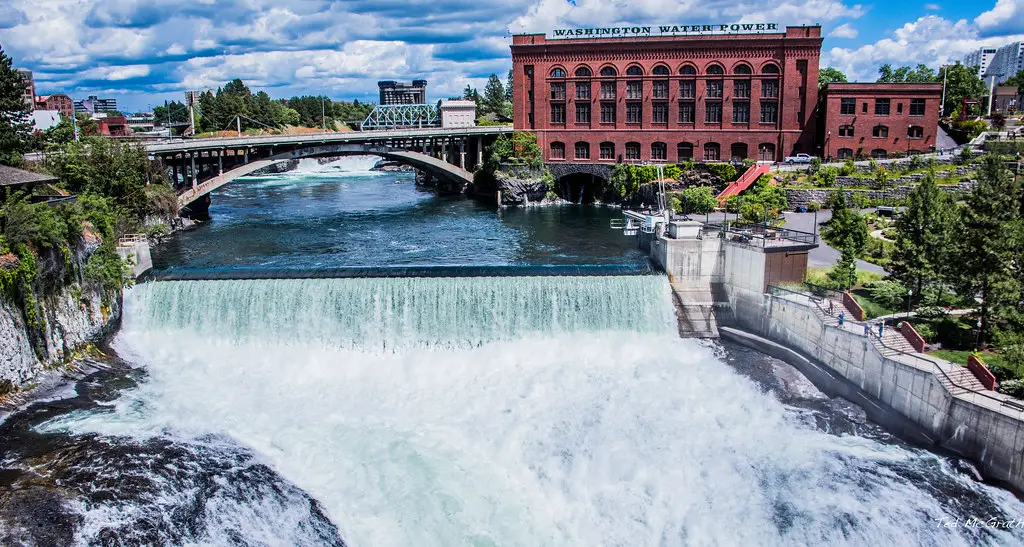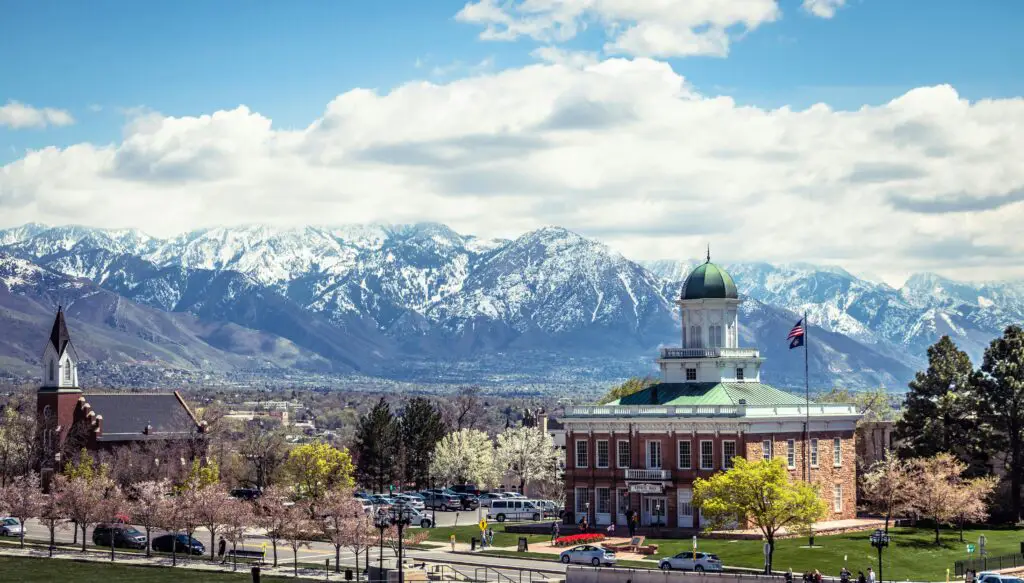For decades, homeownership has been a cornerstone of the American Dream, but in some states, that dream is shifting. Rising housing costs, stagnant wages, and changing lifestyle preferences are pushing more people toward renting rather than buying. In certain states, the percentage of renters is rapidly closing in on, or even surpassing, the number of homeowners. Here’s a look at 12 states where renters are about to overtake homeowners.
1. California

California’s sky-high home prices and competitive real estate market have made it increasingly difficult for residents to afford homeownership. In cities like Los Angeles, San Francisco, and San Diego, median home prices far exceed national averages, forcing many individuals and families to continue renting. The tech boom in Silicon Valley has exacerbated the issue, driving property values even higher while wages in other sectors fail to keep up. As a result, the renter population is growing faster than the number of homeowners across the state.
The appeal of renting in California also comes from its flexibility and the ability to live in prime locations without committing to massive mortgage debt. With more people prioritizing mobility and affordability, long-term renting has become a more viable option than purchasing a home. Additionally, strict zoning laws and limited housing inventory contribute to the imbalance, making homeownership an increasingly unattainable goal. Unless significant changes are made to address affordability, California may soon become a majority-renter state.
2. New York

New York, especially New York City, has long been dominated by renters due to astronomical property prices and limited housing stock. The city’s high cost of living, combined with stringent mortgage requirements, makes homeownership an unrealistic goal for many residents. Rent stabilization policies have also contributed to a strong rental culture, keeping a significant portion of the population in long-term leases rather than ownership. With rising interest rates and ongoing housing shortages, the gap between renters and homeowners continues to shrink.
Beyond NYC, other regions in New York are also seeing shifts in housing trends. Upstate cities like Buffalo and Rochester, which once offered affordable homeownership, are experiencing increased rental demand due to economic uncertainty and migration patterns. Many young professionals and retirees alike are opting to rent rather than buy to avoid property taxes and maintenance costs. If these trends persist, renters may soon become the majority in the state.
3. Hawaii

Hawaii’s breathtaking landscapes come with some of the most expensive housing prices in the country, making renting the only feasible option for many residents. Limited land availability and high construction costs keep real estate prices sky-high, particularly in Honolulu and Maui. The influx of wealthy out-of-state buyers and investors has also driven up property values, leaving locals struggling to afford homeownership. As a result, more people are choosing to rent, even if it means dealing with rising rental costs.
The state’s transient military and tourism-driven workforce also contributes to its growing rental population. Many workers, especially in hospitality and service industries, cannot afford to buy homes on their wages. Additionally, young professionals and retirees prefer the flexibility of renting to avoid the financial burdens of home maintenance. Without significant policy interventions to curb investor-driven price hikes, Hawaii’s housing market will continue to favor renters over homeowners.
4. Massachusetts

Massachusetts, particularly the Greater Boston area, has seen a surge in rental demand as housing prices climb. The state’s booming tech and healthcare industries have attracted an influx of workers, increasing demand for housing while supply remains tight. Many first-time homebuyers are being priced out of the market due to high property taxes and down payment requirements. With the median home price exceeding $600,000 in some areas, more residents are choosing to rent instead.
Beyond Boston, other cities like Cambridge and Worcester are also experiencing rental growth. Many young professionals and students attending the state’s prestigious universities are prolonging their rental status due to student loan debt and economic uncertainty. Additionally, aging homeowners are selling their properties and transitioning to rental living for convenience. If home prices continue to rise at their current pace, Massachusetts will likely become a renter-majority state.
5. Colorado

Colorado’s scenic beauty and thriving job market have made it a desirable place to live, but the cost of homeownership has skyrocketed. Denver, Boulder, and Colorado Springs have seen dramatic increases in housing prices, outpacing wage growth and making buying a home out of reach for many. The influx of remote workers and transplants from more expensive states has further strained the market, leading to bidding wars and inflated prices. As a result, more Coloradans are opting to rent long-term.
The appeal of renting in Colorado is also tied to the lifestyle preferences of its residents. Many individuals prefer the flexibility of renting to take advantage of the state’s outdoor recreational opportunities without the burden of a mortgage. Additionally, the state’s rising property taxes and homeowners’ insurance rates make renting a more financially sound decision for many. With housing inventory remaining tight, Colorado’s renter population is expected to continue growing.
6. Washington

Washington, particularly the Seattle metropolitan area, has seen an increasing divide between housing affordability and wage growth. The tech boom has driven up demand for housing, with skyrocketing property values making it difficult for middle-class buyers to enter the market. Even outside of Seattle, cities like Tacoma and Spokane have experienced sharp price increases, leaving many residents with no choice but to rent. The state’s property tax burden and rising mortgage rates have further deterred homeownership.
Many Washington residents are choosing to rent due to the flexibility and lower upfront costs compared to homeownership. Additionally, the state’s strong job market attracts a transient workforce, particularly in the tech and aerospace industries, where many employees prefer renting over committing to long-term homeownership. High-density urban development has also led to an increase in apartment construction, making rentals more accessible than home purchases. If current trends persist, Washington may soon see renters surpass homeowners in major population centers.
7. Oregon

Oregon’s real estate market has become increasingly difficult for prospective homebuyers, particularly in Portland, where home prices have soared. The rapid increase in housing demand, coupled with limited new construction, has created a competitive and expensive housing market. While wages have risen in some industries, they have not kept pace with home price appreciation, making renting a more viable option. Rising property taxes and maintenance costs have also deterred many would-be buyers.
The growing preference for renting in Oregon is also influenced by the state’s tenant-friendly laws and rent control policies. These protections make long-term renting a more attractive option than dealing with the financial uncertainty of homeownership. Additionally, many younger residents are delaying buying homes due to student debt and economic instability. If Oregon’s affordability crisis continues, renters will likely outnumber homeowners in the near future.
8. Florida

Florida has historically been known for its affordable housing, but in recent years, that affordability has diminished. The influx of new residents, particularly from higher-cost states like New York and California, has driven up home prices and rental rates. Cities like Miami, Tampa, and Orlando have seen housing costs rise significantly, making it harder for first-time buyers to compete. Additionally, property insurance costs have surged due to hurricane risks, adding another financial burden to homeownership.
Renting in Florida is becoming a preferred option due to lower upfront costs and more flexibility in a state where climate-related risks are a growing concern. Many retirees and seasonal residents also opt to rent rather than buy, contributing to a higher rental population. Younger professionals, particularly in tourism and service industries, struggle to save for a home due to rising living costs. If these trends continue, Florida may soon shift toward a renter-majority state.
9. Texas

Texas has long been a haven for affordable homeownership, but rapid population growth and soaring demand have changed the landscape. Major cities like Austin, Dallas, and Houston have experienced significant real estate appreciation, pricing out many middle-class buyers. Despite Texas’s lack of state income tax, high property taxes and increasing mortgage rates have made homeownership less attainable. With more investors buying up homes for rental purposes, the state’s renter population is expanding.
Many Texans are turning to renting for its flexibility and lower financial burden. With a growing number of high-rise apartments and rental communities, renting has become a more attractive option, particularly for younger professionals. Additionally, Texas’s strong job market draws in new residents who may prefer to rent before committing to a long-term home purchase. If home prices continue their upward trajectory, Texas could see a renter-majority shift in urban areas.
10. Nevada

Nevada, particularly Las Vegas and Reno, has experienced a housing affordability crisis fueled by rapid population growth and limited housing supply. The influx of new residents seeking lower taxes and job opportunities has driven home prices higher, making it difficult for locals to afford homeownership. Many first-time buyers are being outbid by investors and cash buyers, forcing them into the rental market. High mortgage rates and increasing property insurance costs further deter homeownership.
Renting in Nevada is becoming the norm, especially in cities with strong tourism-based economies where short-term rentals dominate. Many workers in the hospitality and service industries prefer renting due to the fluctuating nature of their employment. Additionally, renting allows for greater flexibility in a transient state where residents frequently relocate for job opportunities. If these trends persist, Nevada may soon become a renter-dominated state.
11. Arizona

Arizona’s booming real estate market, particularly in Phoenix and Tucson, has made it increasingly difficult for residents to transition from renting to homeownership. Home prices have surged due to a combination of high demand, low inventory, and out-of-state buyers driving up costs. Despite Arizona’s relatively low property taxes, high down payment requirements and rising mortgage rates have put homeownership out of reach for many. Rent prices, while also increasing, remain a more feasible option for many residents.
The preference for renting in Arizona is also driven by its growing population of young professionals, retirees, and remote workers. Many residents enjoy the flexibility of renting in a state where job opportunities and lifestyle preferences are shifting. Additionally, the intense summer heat makes apartment living with included maintenance and amenities an attractive alternative to homeownership. If the affordability gap continues to widen, Arizona is poised to see a renter majority in the coming years.
12. Utah

Utah has seen a rapid rise in housing prices, particularly in Salt Lake City and its surrounding areas. The state’s growing tech sector, dubbed the “Silicon Slopes,” has attracted an influx of workers, increasing demand for housing. While Utah was once known for its affordable homeownership, the supply of homes has not kept pace with demand, leading to significant price hikes. Many residents, especially young families and first-time buyers, are struggling to enter the market due to high costs and stiff competition.
Renting in Utah has become a more attractive option due to the lower financial burden and increased availability of rental properties. Many newcomers to the state prefer renting before committing to homeownership, especially given the uncertainty of the housing market. Additionally, the state’s strong outdoor recreation culture draws in a transient workforce that values flexibility over long-term housing commitments. If these trends continue, Utah may soon see renters surpass homeowners in key urban areas.
